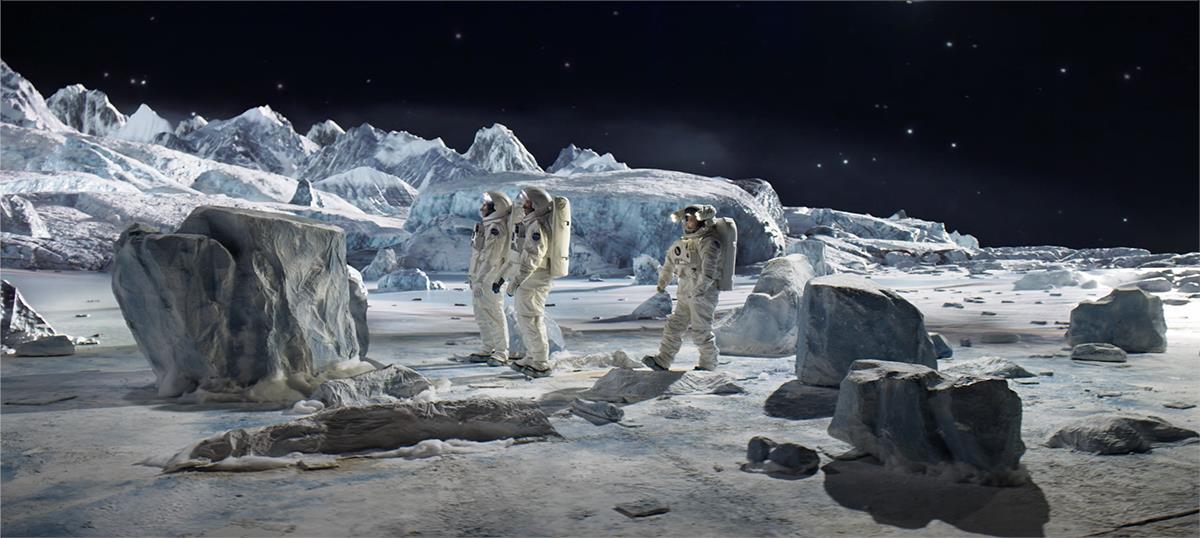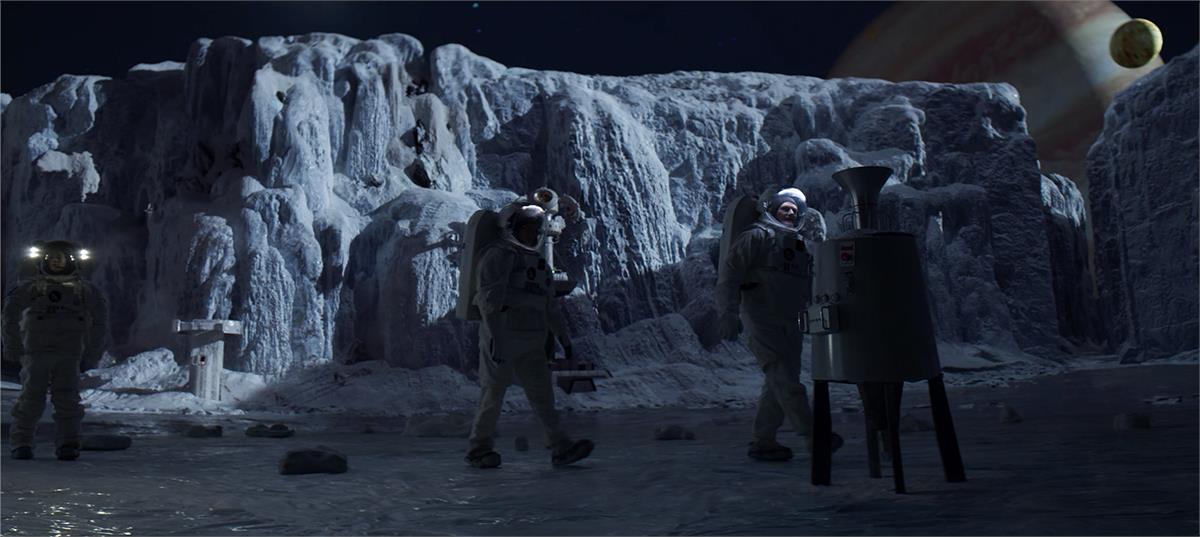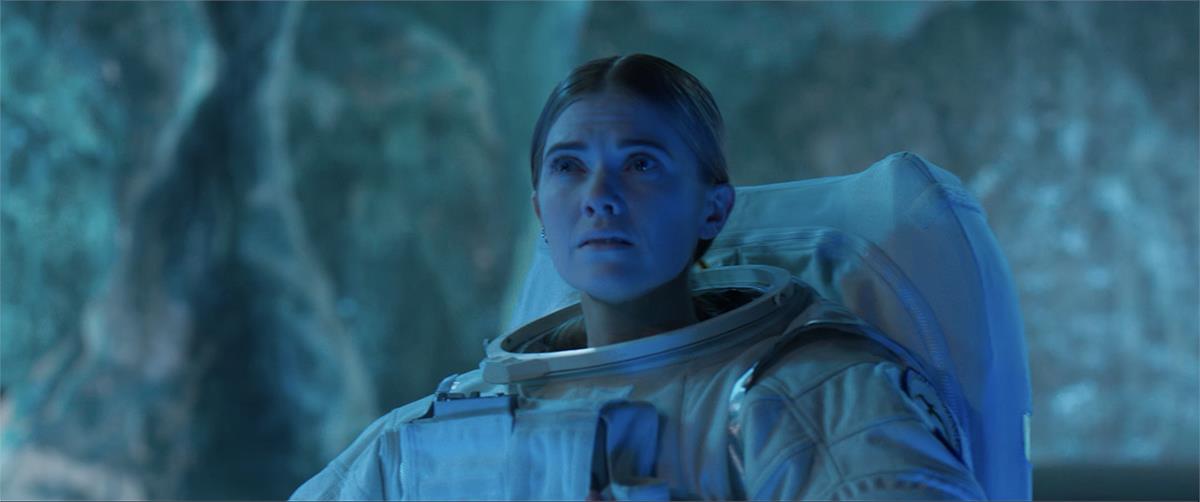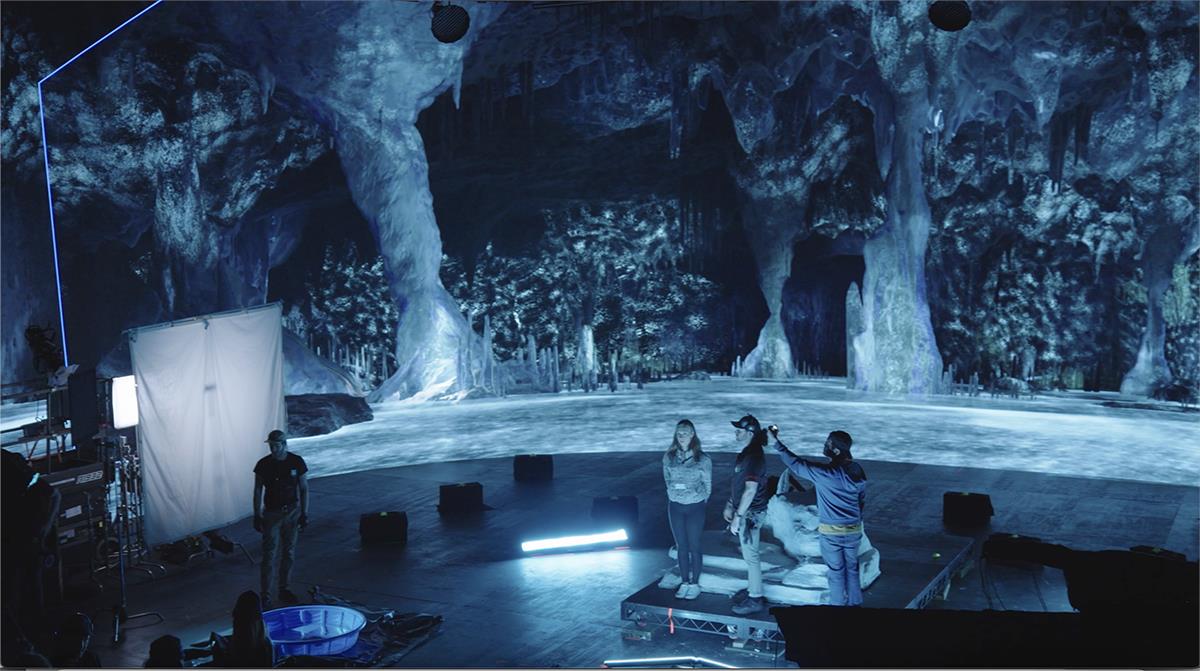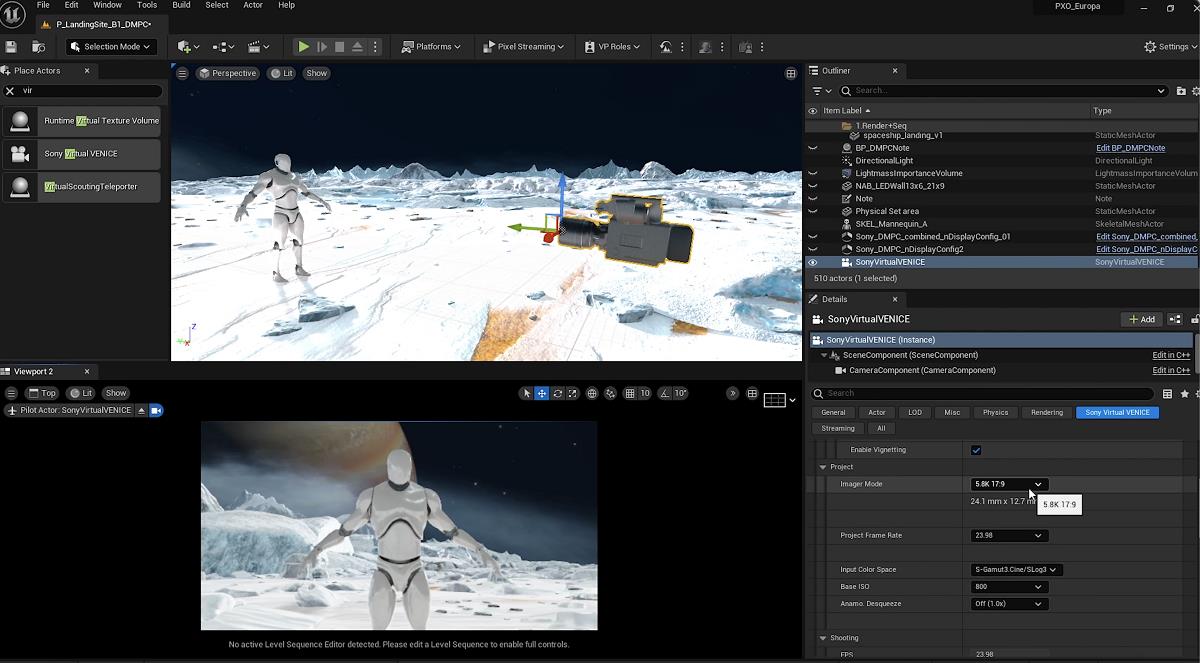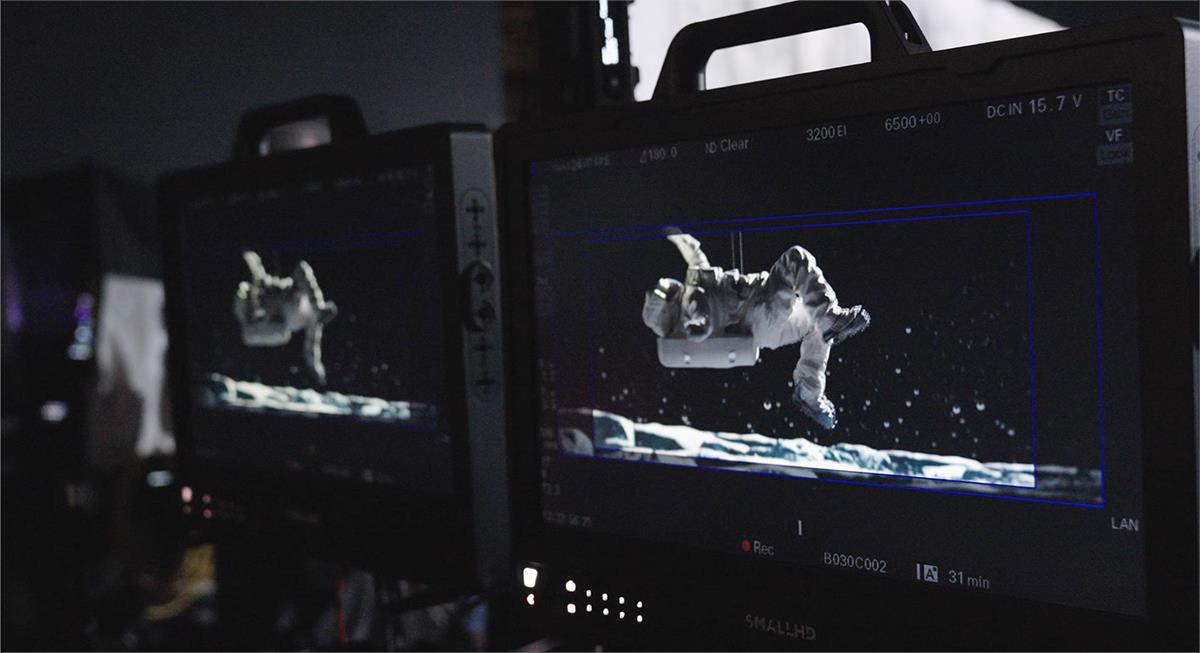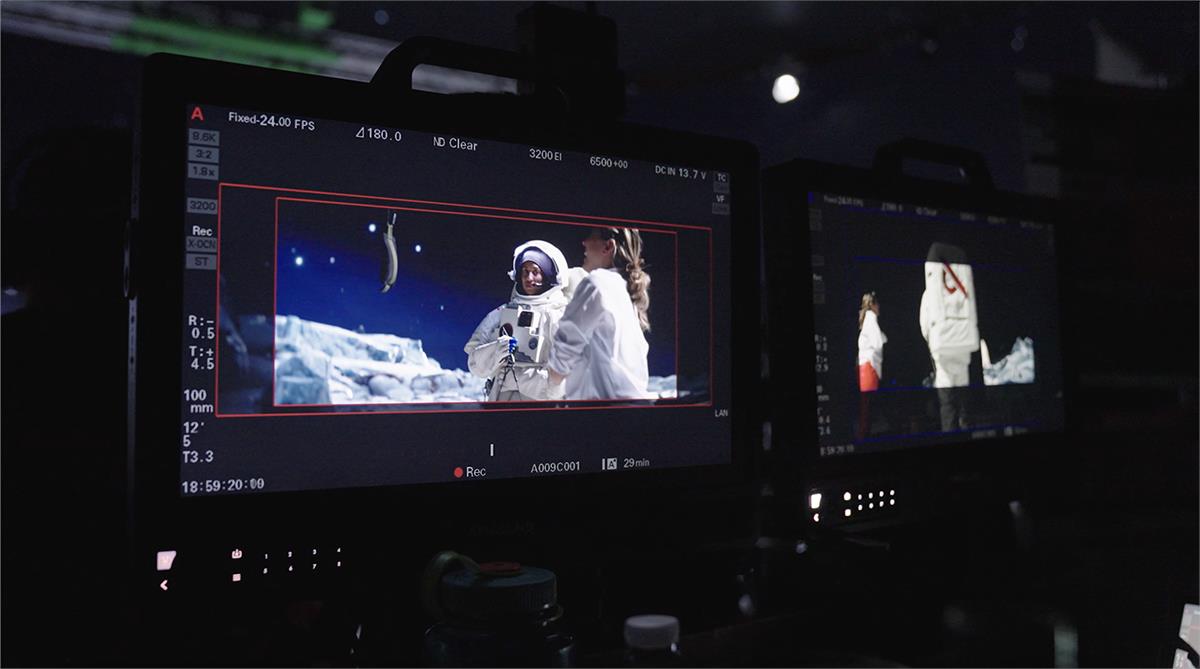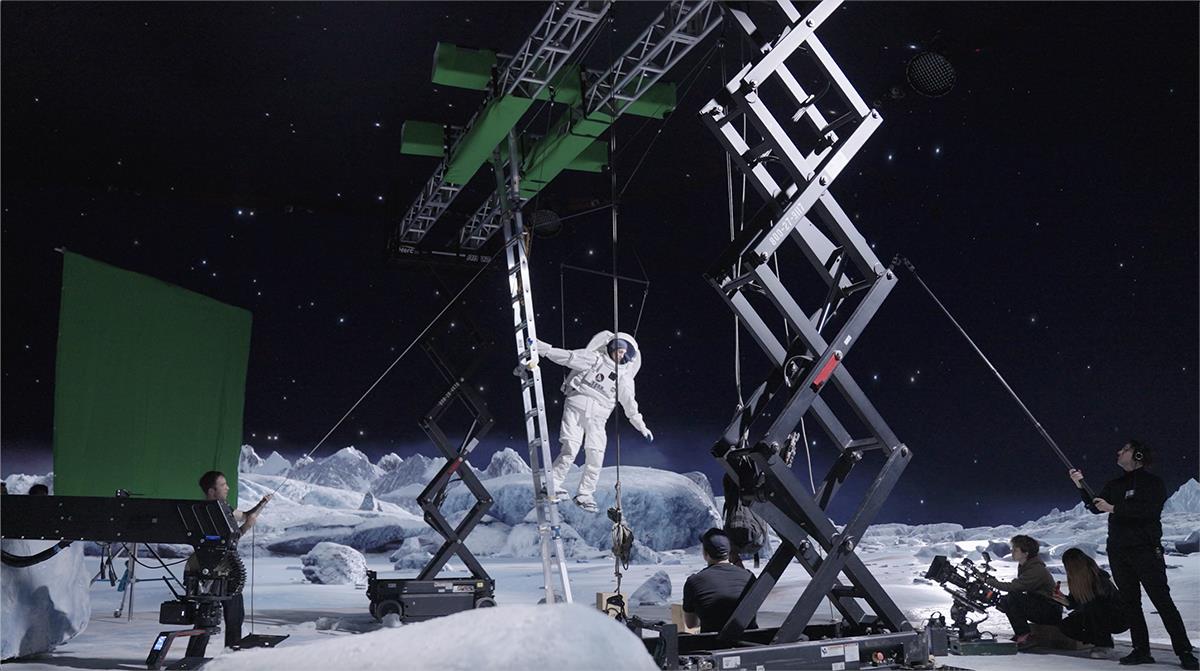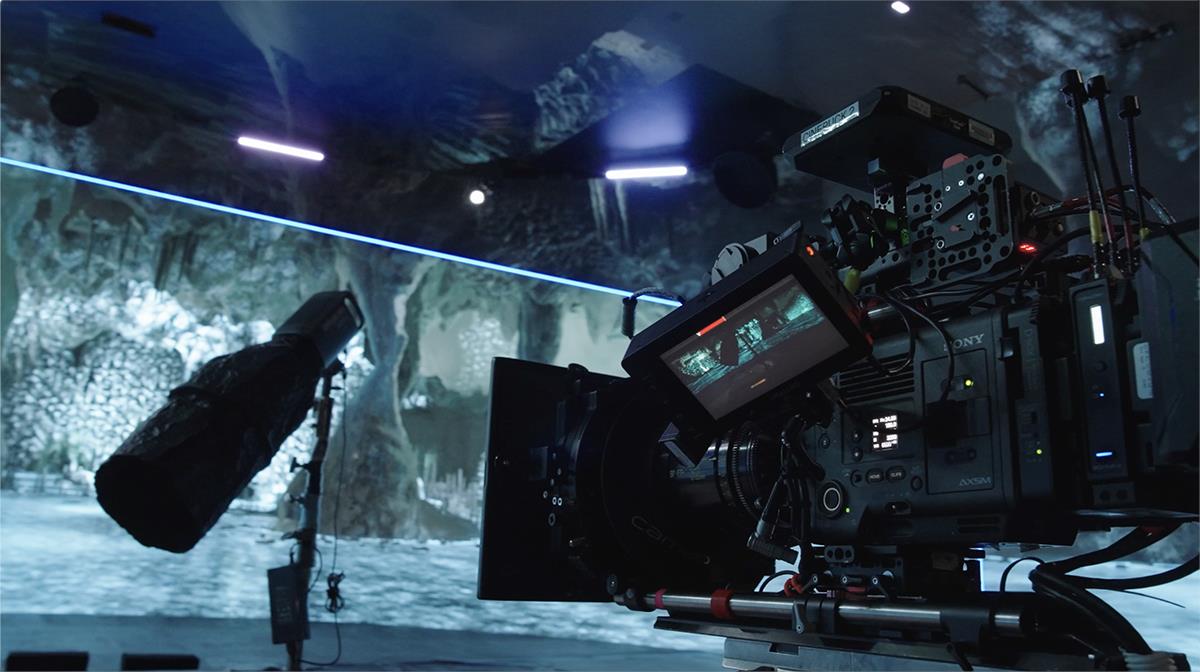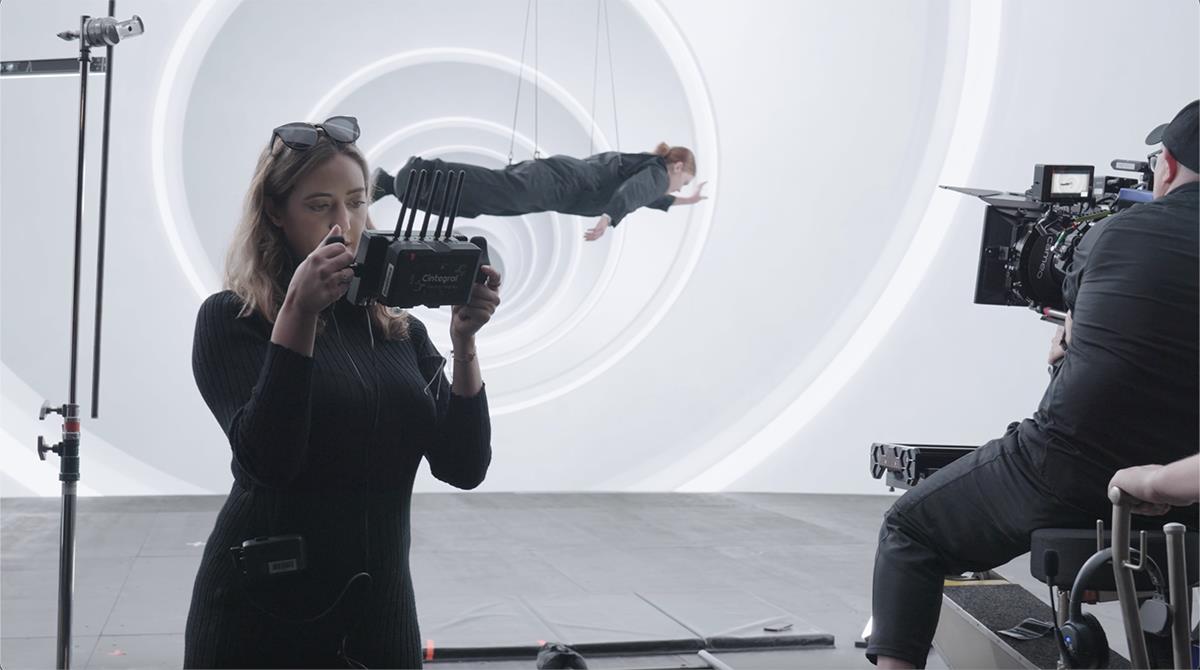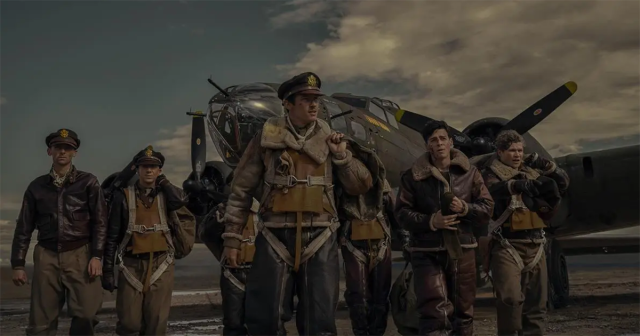
TL;DR
- USC’s Entertainment Technology Center goes behind the scenes of its latest proof-of-concept project, sci-fi short “Europa,” at the 2024 NAB Show.
- Written and directed by USC film graduate Jacqueline Elyse Rosenthal, “Europa” was shot by director of photography Erik “Wolfie” Wolford.
- As the third ETC project to focus on virtual production, “Europa” tested the application of metadata and remote collaboration while using the new virtual production stage at Sony Pictures.
- Sony’s advanced visualization facility Torchlight also played a major role in developing the final look of the film.
Dedicated to exploring the impact of emerging technologies on Media & Entertainment, the Entertainment Technology Center at USC’s School of Cinematic Arts is pioneering a series of short film projects directed by USC film school graduates that leverage cutting-edge production tools and techniques.
The think tank and research center’s latest proof-of-concept, Europa, is the seventh project in the series and the third to specifically focus on on-set virtual production. Written and directed by USC film graduate Jacqueline Elyse Rosenthal, the sci-fi short follows an astronaut on a mission to extract water from Jupiter’s moon Europa who is forced to choose between humanity and morality.
The project tested the application of metadata and remote collaboration while using the new virtual production stage at Sony Pictures, operated by Pixomondo and equipped with Sony’s Virtual Production Tool Set, VENICE 2 8K cameras, and Crystal LED panels, as well as the services of Sony’s advanced visualization facility, Torchlight.
The filmmakers convened at the 2024 NAB Show with a behind-the-scenes look at how Europa was brought to life in a special session sponsored by Sony. Moderated by Sony Pictures Entertainment VP of post-production technology development Daniel De La Rosa, the panel featured Rosenthal alongside Europa director of photography Erik “Wolfie” Wolford, production designer Angran Li, Sony Torchlight tech vis Devon Mathis, and ETC@USC’s director of adaptive production, Erik Weaver, who served as executive producer for the project. Watch the full discussion in the video at the top of the page.
“On this production, we really wanted to push the boundaries. We wanted to see what’s coming next,” Weaver said, explaining how the industry is moving from OSVP 1.0 to 2.0. “And in 2.0, bigger isn’t necessarily better. Better is better,” he continues. “The Sony stage is a really great example of that — you get darker blacks, you get better off-angle access, other things like that.”
Rosenthal described how the production team built six environments with approximately 1,000 hours of previs and tech-vis over the course of two-and-a-half months in preparation for the film using Sony’s advanced visualization facility Torchlight. “Wolfie, my DP, and I were really committed to bringing you to a world that felt extremely real,” she said. “We wanted the audience to feel so involved in these worlds, which is really hard when you’re creating something that no one’s ever been to before.”
Torchlight, says Mathis, has two major spheres of influence within the production process. The first one is advanced visualization, helping filmmakers understand what their film will look like in final pixel. “A lot of these final looks come later down the pipeline,” he explains. “So we take a lot of stuff that happens in the middle or the end, and we bring them to the front where filmmakers can now at the start really understand what it is they’re working with, what it could look like,” as well as how changes made by, say, a production designer, could affect the DP or the visual effects.
Once the filmmakers have an understanding of what their film will look like, Mathis continues, the second area of influence is planning the logistics of the shoot. “If we have these cameras and these lights, how can we position and plan out a whole shoot before any of us even get here?” he says by way of example. “How can we plan for your movie before you actually send people to shoot that?”
For Europa, that meant “a lot of interesting tech days” spent exploring how to best plan the shoot for the film’s cave environment, including questions like, “What can we get away with inside of the volume for where the camera needs to be?” and “Are we going to shoot off the wall?” or “Where are we going to need green support or blue support?”
There were also special considerations for the DP, such as “What kind of focal length would you want to like take a look at and see because you know you can’t have access to set all the time,” Mathis says. “So through those means we can really solve a lot of questions for Wolfie, for the production design, well ahead of time.”
“There is no way we could have made this film without Torchlight,” Rosenthal commented, noting that the production team essentially shot the film seven different times during pre-production. By the time of the actual shoot, “we could do it with our eyes closed,” she said.
The pre-production process “really made a lot of difference for our lens selection,” Wolford said.
“I decided early on we really needed a techno crane. We had a very delicate snow. We couldn’t be putting track down and doing all these moves and the techno crane would just let us move quickly through all of the shots,” he recalled. “Even if we just needed a lock-off high. You just extend it out. So we needed to make sure the crane would fit in [and] we needed to make sure I still had enough room for the lighting.”
Shots, the DP said, were modeled in Unreal Engine beforehand, “and we gray box them, and then we lit them, and then continued watching it. And then we’d get onto set.”
A Cloud-First Approach
Noah Kadner, virtual production editor at American Cinematographer and author of the Virtual Production Field Guide series for Epic Games, detailed a visit to the Europa set in an article written for Virtual Producer.
Production for Europa took place across various time zones and regions, including Australia, New Zealand, India, Scandinavia, Iceland, Canada and the US, Kadner reports, employing “cloud-first” principles for remote collaboration as outlined by the MovieLabs 2030 Vision.
Leveraging metadata, says Kadner, was another chief concern. Comprising “detailed information about various elements and processes, including digital assets, scene descriptions, camera settings, and production notes,” metadata “helps facilitate efficient organization, tracking, and integration of virtual and physical production elements, enhancing collaboration across departments and streamlining post-production workflows.”
Good stuff all around, but notoriously difficult to achieve when “even seemingly simple tasks such as a consistent naming convention across production departments can be complex,” as Kadner notes.
To achieve this goal, the Europa production employed the Rebel Fleet team to handle all the metadata for the project. Rebel Fleet, in turn, created Konsol, “a software solution designed to capture, organize, and streamline the use of metadata across the production process,” he says.
“Konsol aims to solve everyday challenges in post-production by ensuring all captured information — from camera sheets to VFX data — is accurately documented, easily retrievable, and effectively communicated between various departments.”
Kadner also describes how Sony’s VENICE 2 cameras were outfitted with a custom Virtual Production Tool Set to enhance their use in a virtual production environment. “Virtual VENICE, Sony’s Camera and Display Plugin for Unreal Engine, is a unique tool that visualizes undesirable moiré artifacts before they can potentially ruin a shot,” he writes, “a key concern in virtual production along with the ability to preview wall content on specific optics and a suite of Color Calibrator tools geared to the VENICE’s sensor.”
Wolford tells Kadner how “Torchlight helped take scenes from different crews in different countries and harmonize and optimize them into something that would fit into a reasonable LED wall stage,” he says. “They helped us cross the last mile to production and made a big difference.”
READ MORE: Spotlight: The Virtual Production of Europa (Virtual Producer)
Next, Watch This:
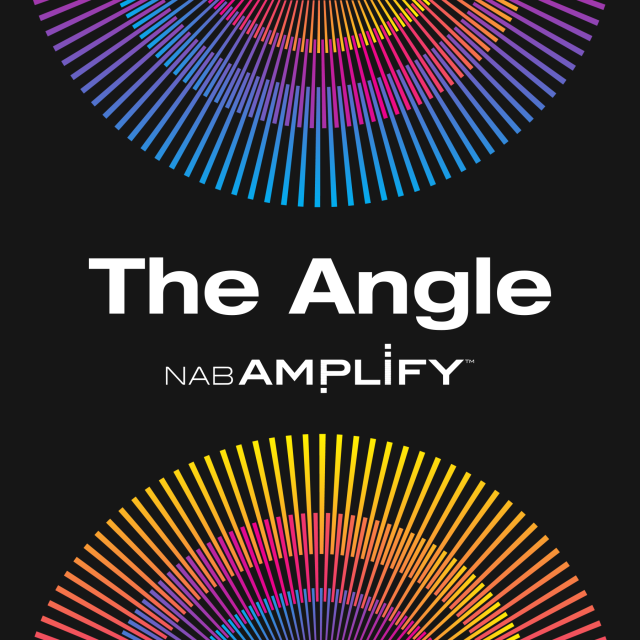
Why subscribe to The Angle?
Exclusive Insights: Get editorial roundups of the cutting-edge content that matters most.
Behind-the-Scenes Access: Peek behind the curtain with in-depth Q&As featuring industry experts and thought leaders.
Unparalleled Access: NAB Amplify is your digital hub for technology, trends, and insights unavailable anywhere else.
Join a community of professionals who are as passionate about the future of film, television, and digital storytelling as you are. Subscribe to The Angle today!


